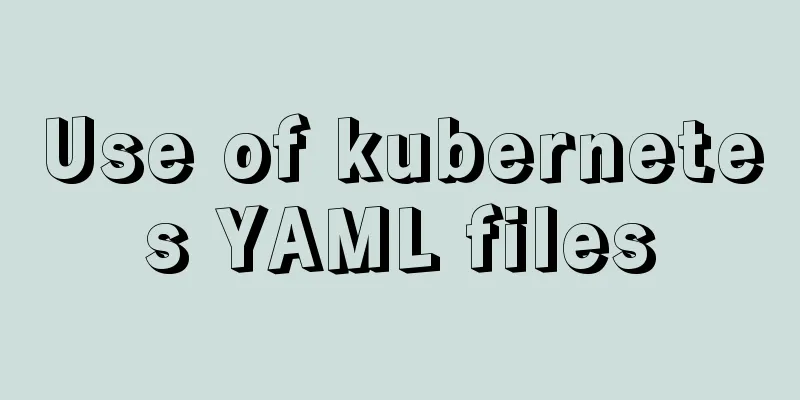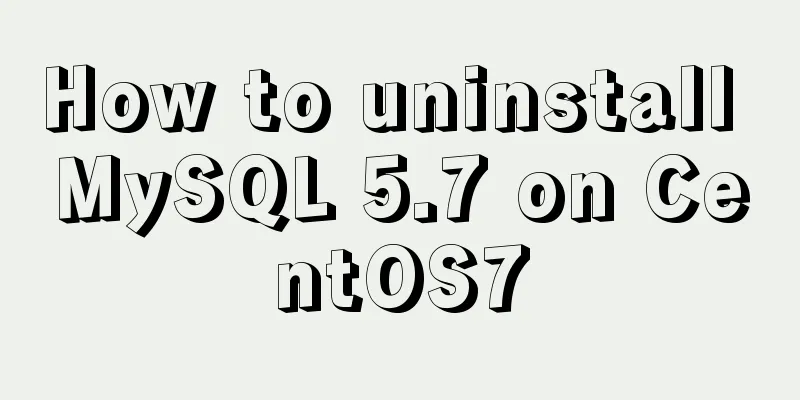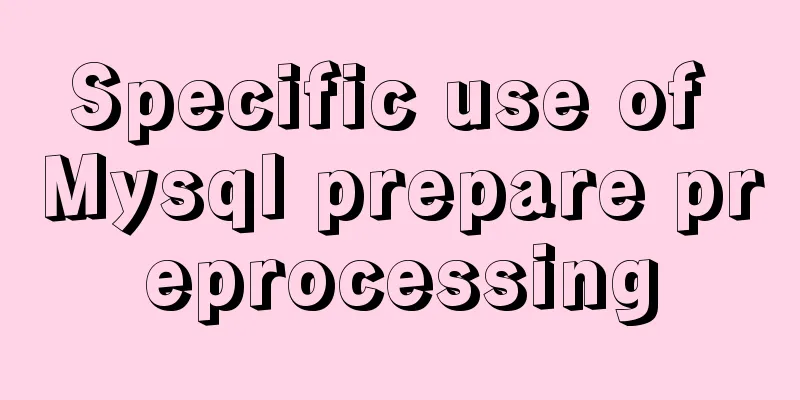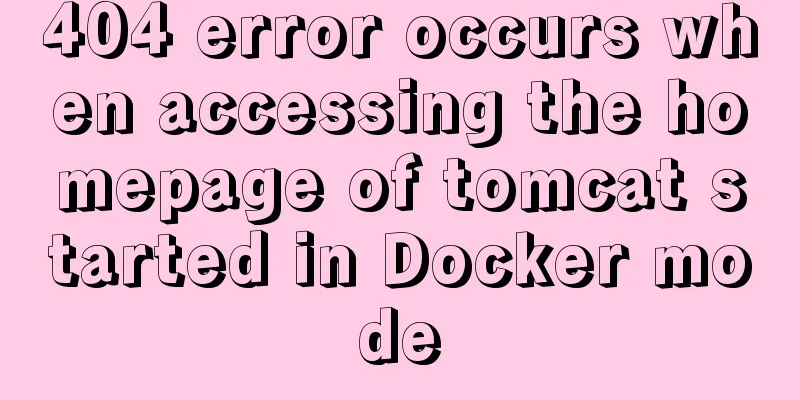Use of kubernetes YAML files

01 Introduction to YAML filesWhen K8S starts a Pod, it will use a YAML file to start it. Today we will look at the most commonly used format of YAML files. The syntax of YAML is very similar to that of JSON. Both are organized in the form of key-value. It can represent common data types such as list and dict. Its suffix is generally ".yml". It has the following characteristics: 1. Case sensitivity 2. Use indentation to indicate progressive relationships 3. Tabs are not allowed for indentation, only spaces are allowed 4. The number of spaces for indentation is not important, as long as the elements at the same level are aligned on the left, which is similar to Python syntax 5. Use "#" to indicate comments 6. The key-value structure is surrounded by {}, and the list structure is surrounded by []. YAML---key-value typea. Use the key:value format to express it. There needs to be a space between the key and the value, otherwise an error will be reported; b. If there is a hierarchical relationship, it can be expressed in the following two ways:
key:{key1: value1,key2: value1}
Or key:
key1:value1
key2:value2c. Represents a key-value format, where value is a dict
Websites:
YAML: yaml.org
Ruby: ruby-lang.org
Python: python.org
Perl: use.perl.org
Expressed in json format:
websites:
YAML: 'yaml.org',
Ruby: 'ruby-lang.org',
Python: 'python.org',
Perl: 'use.perl.org'
}YAML---list typeStarting with - indicates an array, as follows: - A - B - C Represented as an array: [A,B,C] Here is a slightly more complex example:
students:
-
id: 1
name: zhangsan
age: 12
-
id: 2
name: lisi
age: 15
Represented as an array:
students:[{id: 1,name: zhangsan,age: 12},{id: 2,name: lisi,age: 15}]
The elements in the array are also a dict of key-value structure.Comparison between a Json and a Yaml:
yaml format file nodes:
- name: jobE
type: command
config:
command: echo "This is job E"
dependsOn:
-jobD
- name: jobD
type: command
config:
command: echo "This is job D"
dependsOn:
-jobA
-jobB
-jobC
Expressed in json format:
{
"nodes":[
{
"name":"jobE",
"type":"command",
"config":{
"command":"echo \"This is job E\""
},
"dependsOn":[
"jobD"
]
},
{
"name":"jobD",
"type":"command",
"config":{
"command":"echo \"This is job D\""
},
"dependsOn":[
"jobA",
"jobB",
"jobC"
]
}
]
}02 The relationship between Master, Node and Pod in K8SMaster architecture diagram:
in: The API Server provides an HTTP REST interface, which is the only entry point for adding, deleting, modifying, and checking all resources in k8s, and is also the entry point for cluster control; Scheduler is the process responsible for resource scheduling; Controller Manager is the automation control center for all resource objects; Etcd provides data storage services for resource objects K8S uses the deployment method of Master node and Node node to manage the entire cluster. The relationship between Master node, Node node and Pod is more appropriately described by the official structure diagram:
As you can see, there is a direct communication interaction process between the Master and the Node, and the Pod is deployed on the Node. To put it simply, it is: Master is a server with a fixed IP address Node is a server with a fixed IP address A Pod is a process on a Node and has a virtual IP address, which may or may not be the same as the Node IP address. As we know, a Pod can have multiple containers. If we add more containers, it will become the following:
The calling relationship between them is simply: When a Pod is created, its information will be put into the Master's Etcd storage. Then the information about creating the Pod will be scheduled by K8S to a Node and bound. Then the kubelet process on the Node where the Pod is located will be instantiated into a group of related Docker containers and started. The above is the detailed content of the use of kubernetes YAML files. For more information about kubernetes YAML files, please pay attention to other related articles on 123WORDPRESS.COM! You may also be interested in:
|
<<: Future-oriented all-round web design: progressive enhancement
>>: Summary of the differences between Vue's watch, computed, and methods
Recommend
Docker installation of RocketMQ and solutions to problems encountered during installation
Table of contents Pull the rocketmq image Create ...
MySQL practical window function SQL analysis class students' test scores and living expenses
Table of contents 1. Background 2. Table creation...
Summary of CJK (Chinese, Japanese, and Korean Unified Ideographs) Characters in Unicode
CJK is the abbreviation of CJK Unified Ideographs...
Vue uses better-scroll to achieve horizontal scrolling method example
1. Implementation principle of scrolling The scro...
How to dynamically add modules to Nginx
Written in front Often, after we install Nginx ba...
SQL implementation LeetCode (176. Second highest salary)
[LeetCode] 176. Second Highest Salary Write a SQL...
How to quickly import data into MySQL
Preface: In daily study and work, we often encoun...
HTML implements the function of detecting input completion
Use "onInput(event)" to detect whether ...
JavaScript canvas realizes dynamic point and line effect
This article shares the specific code for JavaScr...
A brief discussion on the specific use of viewport in mobile terminals
Table of contents 1. Basic Concepts 1.1 Two kinds...
Analysis of the difference between absolute path and relative path in HTML
As shown in the figure: There are many files conne...
VMware Workstation Installation (Linux Kernel) Kylin Graphic Tutorial
This article shares with you how to install Kylin...
Solution to the problem of invalid width setting for label and span
By default, setting width for label and span is in...
Some common advanced SQL statements in MySQL
MySQL Advanced SQL Statements use kgc; create tab...
VMware Workstation installation and installation of WIN10 operating system to connect to the external network step by step guide (super detailed tutorial)
First download VMware Workstation 15.1 version. I...












